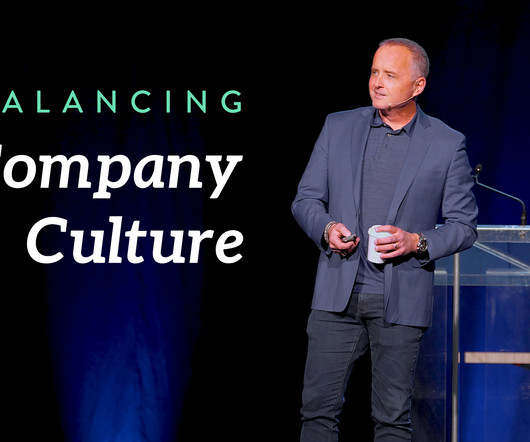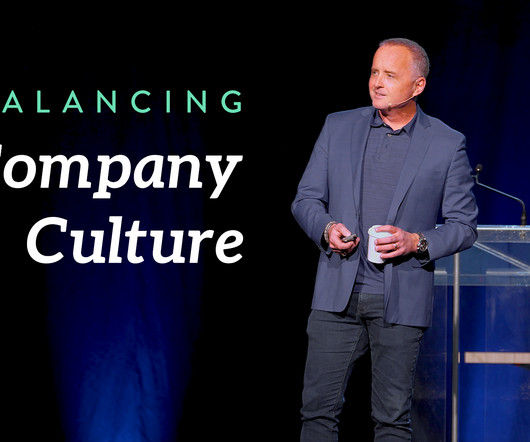Digital Transformation: Paving the Way for Innovation in the AEC Industry
Wrike
SEPTEMBER 3, 2023
In today’s rapidly evolving world, industries across the globe are embracing digital transformation to stay ahead of the competition and deliver innovative solutions to their clients. Building Information Modeling (BIM) software has transformed the way architects, engineers, and contractors design and construct buildings.
















Let's personalize your content